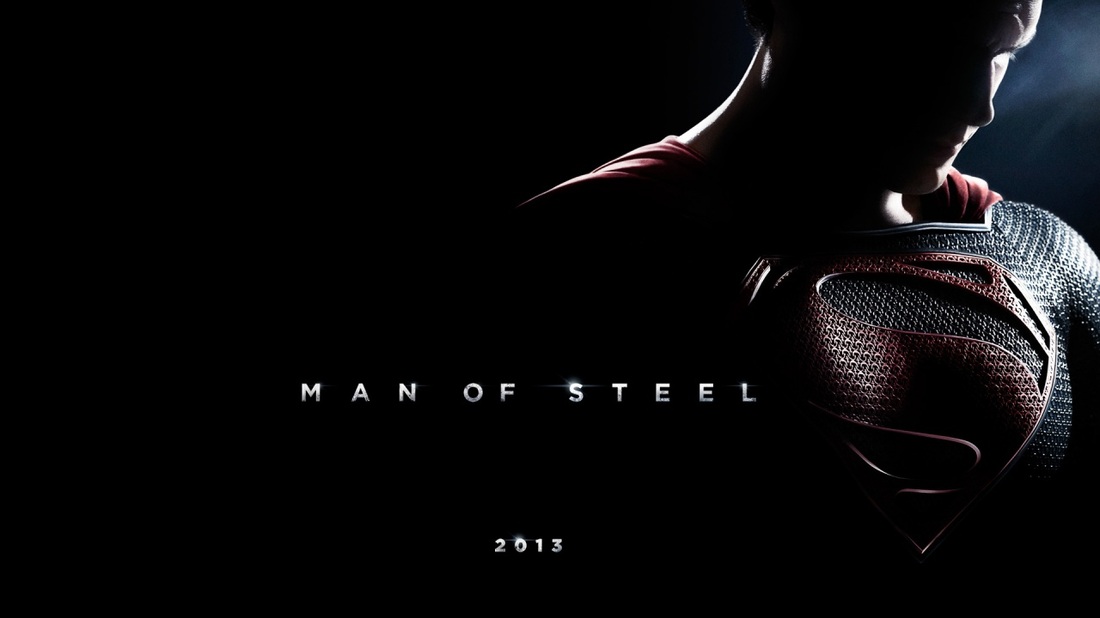I saw the film last week and I honestly haven’t stopped thinking about it since. I go between loving it and disliking it . . . but it has caused me to think, so I suppose that makes it a good movie.
But, as big of a comic book geek as I am, I declined the invitation to go to the pre-screening.
Why?
Because I don’t want to support any endeavor that undermines the preaching of the Word of God. Period.
Now, I have not read the sermon. I’m sure it’s probably a very well-written presentation. I’ve no doubt that it is filled with solid Christian theology. It probably has a ton of Bible verses. It probably also presents the gospel of Jesus Christ in some form.
But it’s a colossal waste of everyone’s time. It’s a waste of the pastor’s time as he tries to learn someone else’s sermon. It’s a waste of his time to present it. It’s a waste of the congregation’s time.
Why?
Because the way this message was constructed is based on a sandy foundation. It was born from a movie, then appropriate lines of Christian theology were harmonized with it, and scripture sprinkled throughout.
Sermons, good sermons . . . sermons that pierce the heart, are filled with the authority of the Lord Jesus Christ and empowered by the Holy Spirit begin with a foundation of Scripture. The foundation of any positive life-changing sermon is always the living and active Word of God. If a sermon begins with any other foundation it is stripped of its power.
Many years ago I would approach a sermon or sermon series by asking, “What do I think these people need to hear?” I would pick my topics, then find Scripture that supported my ideas.
Do you see the problem? I was using the Word of God to support my ideas, rather than unleashing God’s ideas found in Scripture! They were good, well thought out messages. But they were powerless.
A number of years ago a pastor told me (and this is a direct quote), “Sometimes you find a movie clip so good, you build a sermon around it.”
Horrifying.
Let me pause here and say that I’ve already had a number of really good spiritual conversations as a result of the Man of Steel movie. And that’s great. Let me also confess, that at least once in the last two years I’ve referenced Superman in a sermon.
But in this sermon I had begun with Scripture, worked through the entire text, then went looking for illustrations/images to help explain the transfiguration. If I had taken out the superman illustration, the sermon would have still been filled with the power and authority of the Word. And it would have been coherent. No one would have noticed.
In the Man of Steel sermon, if Superman was taken out . . . you’d have an incoherent mess.
At the end of the day, it’s all about what a sermon begins with. How it starts. The first thing the preacher does. Does he start with the powerful Word so that he’s communicating the ideas of the all-powerful God of the Universe? Or does he start with a film made by finite, limited human beings?
It’s what you start with.


 RSS Feed
RSS Feed
